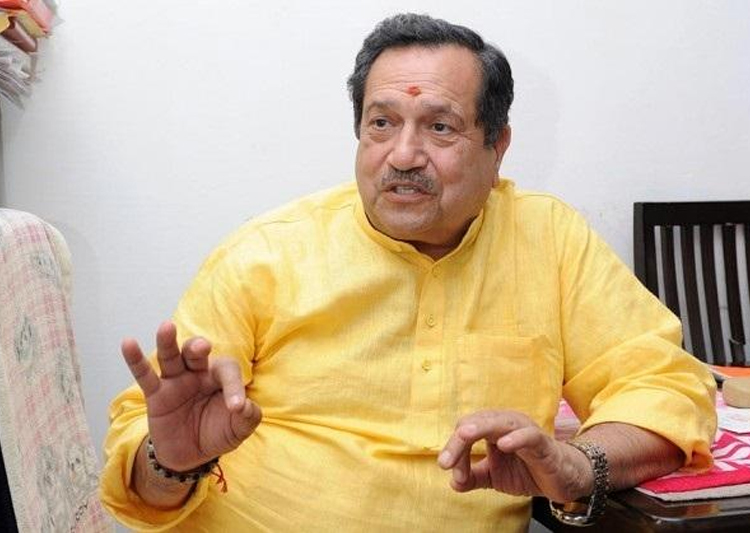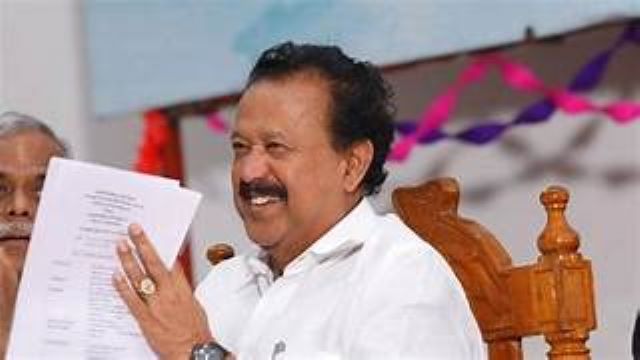Marathas put BJP in a fix

Yet again Maratha politics is on the boil in Maharashtra. Whether it was faux pas or part of vote bank politics, it was Bharatiya Janata Party (BJP) leader Devendra Fadnavis-led coalition government which provided 16 per cent reservations to Marathas in 2014. It was under the Other Backward Class (OBC) quota which was challenged and later struck down by the five-member Supreme Court bench stating it violated the Constitutional proviso. Fadnavis, now a deputy chief minister in the coalition government, chose to skip Chief Minister Eknath Shinde’s customary puja at the Lord Vitthal temple due to threats by Maratha groups. Pro-reservation violence has now engulfed Jalna town with an agitator threatening suicide. This explains the intermittent flare-up by the Marathas, who form around 38 per cent of the Maharashtra population. It was the result of growing socio-economic disparities as well as insecurity within the state’s dominant caste groups. Marathas own large tracts of land and have enjoyed dominance in the realm of politics. But, their traditional dominance is being threatened in the new economic order where education and jobs matter more than farm incomes. If one has to believe a survey conducted by the Economic and Political Weekly (EPW) in 2016 revealed that while Marathas are way ahead of OBC and Scheduled Castes in terms of large tracts of land, the advantage diminished and even turned negative when it comes to the attainment of higher education. The survey paper was co-authored with others by Siwan Anderson from the University of British Columbia. It revealed the considerable existence of heterogeneity among the Marathas and also indicated that Maratha cultivators are better off than their OBC counterparts. In sharp contrast another survey claimed that the OBCs with large landownership reported much larger yields than Marathas with smaller tracts of land. Hence, this deepening agrarian crisis has led the majority of Maratha landowners experiencing a squeeze on their incomes. These statistics were collected in a 2007 survey which was conducted among 9,000 households in 300 randomly selected villages of Maharashtra. More than 40 per cent households covered in the survey were below the state poverty line. To be sure, statistical evidence from other surveys gives a different picture compared to Anderson’s findings. In a 2017 EPW paper, Ashwini Deshpande and Rajesh Ramachandran used data (for of 15,984 individuals) from the India Human Development Survey conducted in 2011-12 to show that the Marathas were better off than all caste groups excluding Brahmins not just in land endowments but also education and access to government jobs in Maharashtra. The reason for contradictory trends in these two empirical findings may be errors in the sampling by either of them. And, the first study’s results might have been due to the fact that it has a much greater share of poor households in its sample.
However, the author’s reason for growing discontent among the dominant Maratha communities like Jats and Patidars is due to the perception that real economic power is increasingly shifting from rural areas to big corporations, which are often backed by the state, why they are ill-prepared to shift towards the urban and formal sector. Interestingly, both surveys agree that the political mobilization abilities of the Maratha community are what has become a worrisome factor for any government in Maharashtra. This was evident from how Marathas have historically dominated politics at higher levels in the state; their clout might have weakened under the BJP’s erstwhile government as it had a Brahmin chief minister. But, that perception seems to have changed with Shinde, a Maratha member, taking over as the Chief Minister, after the fall of the Maha Vikas Aghadi (MVA) government consisting of Congress, Shiv Sena and Nationalist Congress Party (NCP). Shinde revolted against Uddhav Thackeray and walked out of the party and alliance with a major chunk of Sena MLAs and MPs. His predecessor, Uddhav, in his bid to embarrass the BJP government which had to face the Supreme Court flak, for his short-sighted decision to declare 16 per cent reservations, cleverly threw the issue into Prime Minister Narendra Modi’s lap, to take a final call. Many viewed it as the MVA’s strategy to reap political gains by polarizing Marathas against the BJP. This was evident from his meeting with the Prime Minister in the national capital along with his deputy Ajit Pawar and Chairman of the Maratha Reservation Sub-Committee Ashok Chavan on the same issue then. Uddhav in his letter to Modi in May also requested him to take steps to declare the Maratha community under the Socially and Educationally Backward Classes (SEBC). The demand was made to enable the Marathas to claim 12 per cent reservation in education and 13 per cent in jobs. This, despite the fact that the apex court’s five-judge constitution bench had earlier declared the Maratha quota law as unconstitutional and also quashed the SEBC Act of 2018. The apex court had also unanimously agreed that there was no need to re-visit the 1992 Indira Sawhney judgement which fixed the reservation limit at 50 per cent. The Maratha quota law breached this limit. The Supreme Court held that separate reservations for the Maratha community violated Articles 14 (Right to Equality) and 21 (due process of law). With the elections around the corner, the fresh Maratha agitation is bound to be a major irritant to the present government which has a combination of BJP, Sena and breakaway NCP headed by Ajit Pawar. Thus far, the Opposition seems to have succeeded in putting the onus on the BJP-headed government at the Centre to take a final call.




